Discover These 5 Color Grading Styles For Corporate Videos
Most corporate videos miss this one crucial visual element… It’s subtle, emotional, and unforgettable. And it’s called color grading.
The right color tone can evoke emotion, build brand identity, and guide the viewer’s attention exactly where it needs to be. Color grading helps shape perception before a single word is spoken. It’s a strategic choice that can speak volumes about your brand, values, and message. It can make your visuals look cinematic, minimal, bold, warm, or cool.
Table of Contents
- Introduction
- What is Color Grading in Video Editing and How it Works?
- Why Color Grading is Important?
- Different Color Grading Styles
- Conclusion
- Frequently Asked Questions (FAQs)
Introduction
The style of color grading you choose can completely transform how your message is received. Different grading styles can enhance clarity, credibility, and emotional engagement. Choosing the right color grade can drastically influence how your audience perceives and connects with your content.
At Shunyanant, we understand the power of post-production and how the right color profile can elevate raw footage into a polished, professional story. If you’re exploring how to make your corporate videos more visually compelling and on-brand, our blog breaks down 5 distinctive color grading styles that can set your videos apart.
Let’s explore how the right color can change everything.
What is Color Grading in Video Editing and How it Works?
Color grading is a post-production process where editors adjust attributes like contrast, saturation, hue, and white balance to craft a final polished video. It builds upon color correction and may use lookup tables (LUTs), creative masks, and tone curves to establish consistent mood and atmosphere.
Color grading in video editing refers to the artistic layer applied after basic correction, where you refine visuals. It ensures uniform look, fixes inconsistent lighting, and imbues visuals with emotion through style choices like vintage tones, cinematic teal/orange contrast, or high‑contrast drama.
Why Color Grading is Important?
Color grading sets the tone, evokes emotion & enhances storytelling in the videos.
Typically, footage is shot in flat or log profiles to preserve dynamic range. During grading, these flat images are enhanced to pop visually & to ensure tone continuity across all shots.
- Emotional impact: Color grading sets tone. Warm hues evoke nostalgia and cool tones convey tension or melancholy.
- Visual coherence: Grading ensures uniform appearance across varied shots even if filmed under different lighting or cameras.
- Storytelling tool: Color creates the narrative. Like sepia for flashbacks, teal/orange for drama and muted tones for realism.
- Professional finish: Grading transforms raw footage into polished content suitable for film, marketing, or broadcast.
Different Color Grading Styles
. Let’s explore popular grading styles and how they transform visuals.
1. Cinematic Look
Inspired by Hollywood films, this style uses deep contrast, rich blacks, and subtle color tones to create drama and immersion. It features deep blacks, balanced midtones, lift in shadows, and controlled contrast. It is often used to create immersive storytelling similar to feature films.
Tip: Often pair it with widescreen aspect ratios & soft highlights.
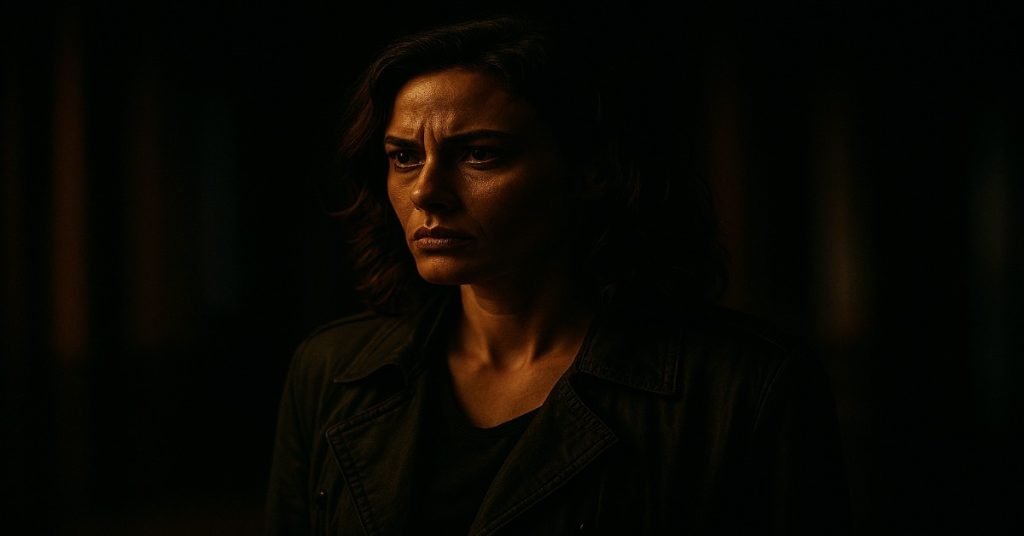
2. Vintage Look
Think faded colors, warm tones, sepia, muted greens or classic film grain. This style evokes nostalgia, timelessness or to add a historical perspective. It is ideal for period pieces or documentary flashbacks.
Tip: Use sepia filters and reduce saturation for an aged effect.
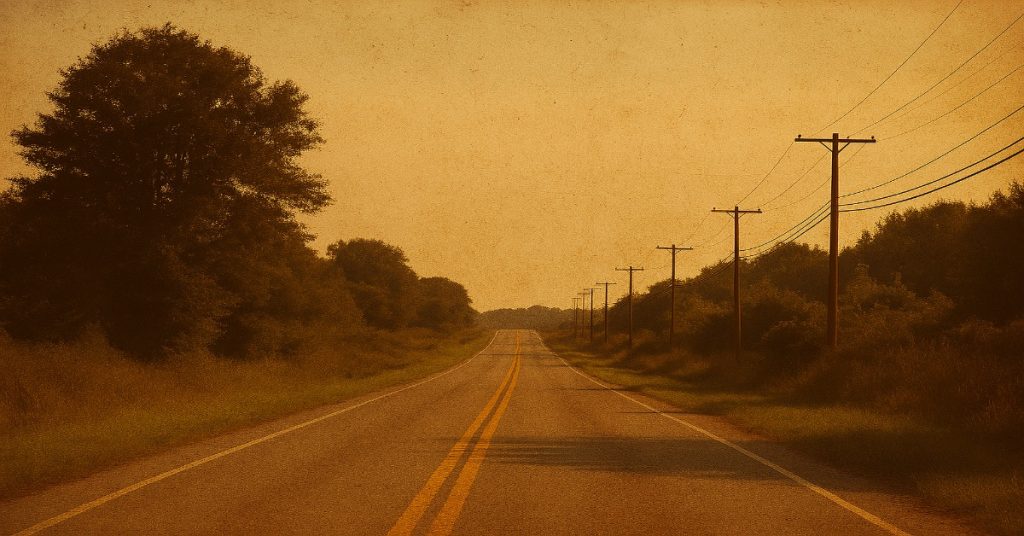
3. Teal and Orange
A blockbuster favorite! Teal shadows and orange skin tones create contrast and pop. These complementary colors are widely adopted in blockbuster films to enhance depth and drama. Use it to create striking visual contrast and cinematic flair.
Tip: Works well for action and travel content.
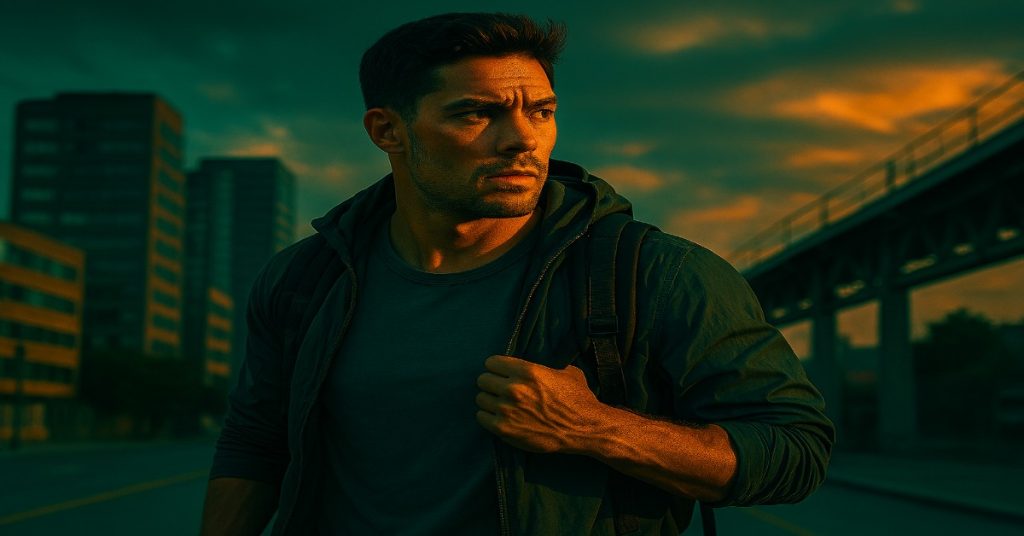
4. Desaturated Look
Muted colors and low saturation give a minimalist and a moody vibe. Reducing saturation across most hues, sometimes preserve only the key colors. You can use it to convey gritty realism or minimalist tone. It is often used in documentaries or suspense content.
Tip: Great for editorial, fashion, or emotional storytelling.
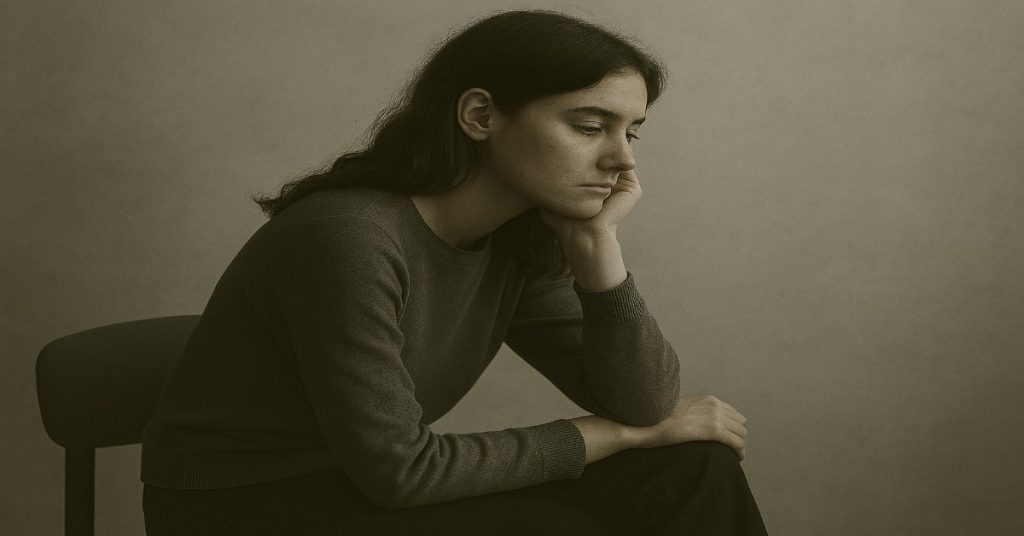
5. High Contrast
This style grabs attention and adds intensity with bold blacks and whites along with punchy colors. It produces strong separation between shadows and highlights with pronounced contrast. Sharp details are great for action or edgy content where dramatic tone is needed.
Tip: Use carefully to avoid losing detail in shadows or highlights.
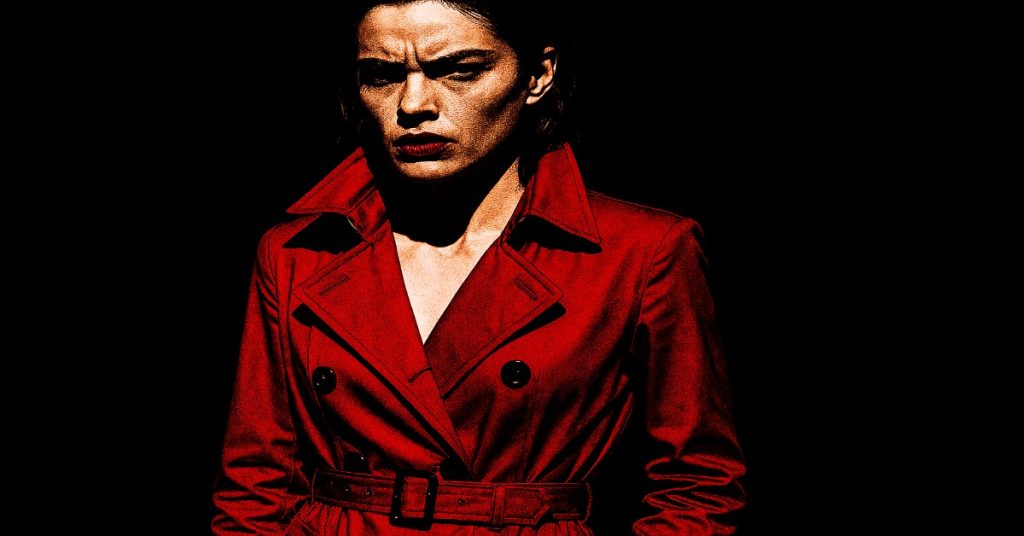
Conclusion
Color grading is essential to elevate raw video into compelling and story-driven visuals. Whether your goal is cinematic drama, vintage warmth, orange-teal dynamism, muted realism, or high-contrast punch, each style shapes how viewers interpret the narrative.
A thoughtful grading workflow, starting with proper color correction and building style through controlled grading ensures emotional resonance, consistency, and visual quality across your content. Thank you for reading our blog!
Frequently Asked Questions (FAQs)
Q1- What is color grading?
It refers to creatively refining visual elements like tone, color and contrast, to shape mood and style of a video. It goes beyond basic color correction.
Q2- Is color grading necessary?
Yes, color grading is necessary for good quality visuals. It elevates production quality, ensures consistency, and reinforces the emotional and storytelling layers of a video.
Q3- What is the best format for color grading?
Shoot in Log or RAW formats to preserve as much dynamic range and color information as possible. Flat footage offers maximum flexibility during grading.
Q4- What is the best AI color grading tool?
Tools like ColourLab.ai can automate shot matching and grading using machine learning, speeding up workflows. However, they still often require manual tweaking by experienced colorists.
Q5- Which software is best for color grading?
DaVinci Resolve is widely regarded as the industry standard, with advanced node‑based workflows, scopes, HDR support, collaborative pages, and high customization. Mainly used by professionals and hobbyists. Whereas Adobe Premiere Pro (with Lumetri Color) is capable for smaller projects and quick workflows, but less ideal for complex grading tasks.
Read More
Why Color Theory Is Important in Video Editing?
The Basics of Color Grading in Video Production
Use these 10 Color Grading Techniques to Improve Your Corporate Videos
Top Look Up Table (LUTs) Packs For You to Explore


